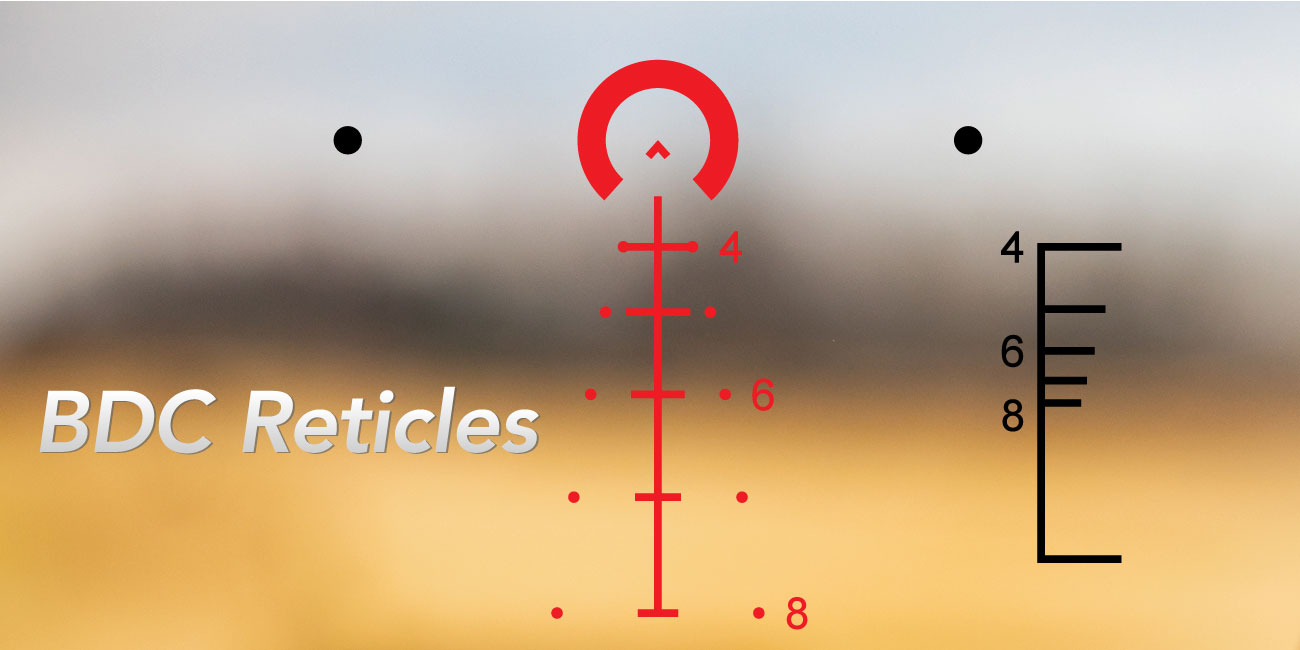Most scopes will come with some type of focus adjustment. This is usually a small knob or ring near the ocular lens (the eyepiece). You can also find this adjustment on the objective lens (the large lens at the front of the scope).
How to adjust the parallax on a rifle scope
Most scopes will have some type of parallax adjustment. This is usually a knob or ring near the objective lens (the large lens at the front of the scope).
Parallax adjustments are used to fine-tune the focus of the image inside the scope. They’re especially important when shooting at long range, since even a small amount of error can mean the difference between a hit and a miss.
Here’s how to adjust the parallax on your scope:
1. Look through the scope at a distant object (the further away, the better).
2. Adjust the parallax until the image is as sharp as possible.
3. Once you have the focus set, don’t touch it again unless you need to change it for someone else to use the scope.
Understanding rifle scope reticles
The reticle is the crosshair or dot inside the scope that you use to line up your shot. There are many different types of reticles, but the most common are duplex, mil-dot, and BDC (bullet drop compensating).
Duplex reticles have thick crosshairs that get thinner towards the center. This makes them easy to see in low light conditions, but can make it difficult to judge distance.
Mil-dot reticles have small dots spaced evenly along the crosshairs. These dots can be used to estimate range or windage.
BDC reticles have markings that correspond to specific distances. This can be helpful for long-range shooting, but isn’t as versatile as a mil-dot reticle.
It’s important to choose a reticle that’s right for the type of shooting you’ll be doing. If you’re mostly going to be shooting at short range, a duplex reticle will probably be fine. If you’re planning on doing a lot of long-range shooting, however, a mil-dot or BDC reticle will be more helpful.
The different types of rifle scopes
There are three main types of rifle scopes:
1. Reflex sights
2. Holographic sights
3. Telescopic sights
Reflex sights are the simplest type of scope, and they’re also the most popular. They use a red dot or crosshair that’s projected onto a lens, making it easy to line up your shot.
Holographic sights work in a similar way to reflex sights, but they use a holographic image instead of a red dot. This can make them easier to see in bright light conditions.
Telescopic sights are the most advanced type of scope, and they’re also the most expensive. They use a lens to magnify the image, making it easier to see your target.
No matter what type of scope you choose, it’s important to make sure that it’s high quality and durable. A cheap scope is not going to do you any good, no matter how much money you save on it.
Choosing the right rifle scope for your needs
Now that you know the basics of how rifle scopes work, it’s time to choose the right one for your needs. Here are a few things to keep in mind:
1. Decide what type of scope you need.
Do you want a simple reflex sight, or do you need the magnifying power of a telescopic sight?
2. Consider the reticle.
Do you want a basic crosshair, or do you need the range-finding capabilities of a mil-dot reticle?
3. Choose a quality scope.
Remember that a cheap scope is not going to do you any good. Get the best scope you can afford, and make sure it’s durable enough to withstand the elements.
4. Get the right mounting system.
You’ll need a good-quality mount to attach your scope to your gun. Make sure it’s the right size and style for your particular scope.
5. Follow the manufacturer’s instructions.
When in doubt, always follow the manufacturer’s instructions for attaching and using your scope.
With these tips in mind, you should be able to find the perfect rifle scope for your needs. Remember that a good scope can make all the difference when it comes to accuracy, so don’t skimp on quality. Invest in a good quality scope, and you’ll be glad you did.

